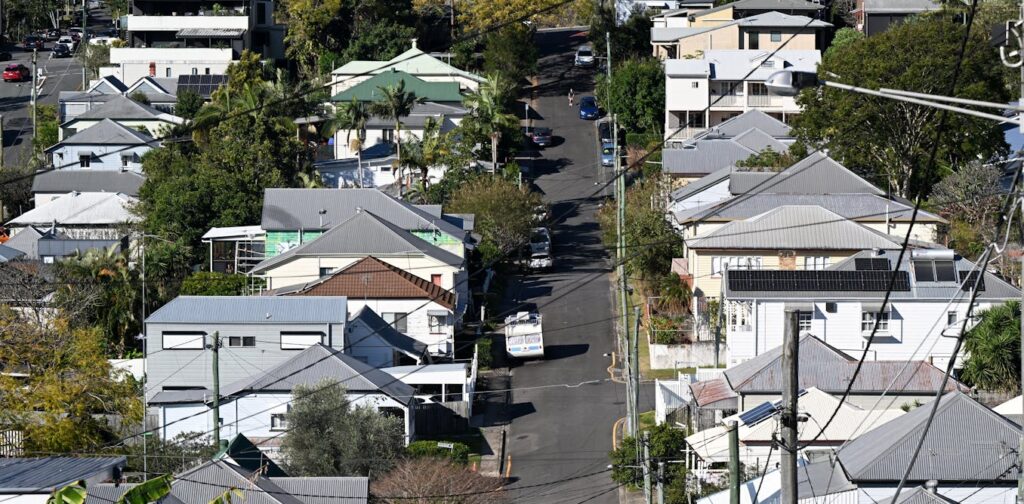
Housing emerged as a pivotal issue during the 2025 federal election in Australia, with the escalating costs of living, particularly in housing, taking center stage. Both the Albanese government and the opposition led by Peter Dutton made significant housing policy announcements as part of their campaign strategies. Despite a consensus on the urgency of addressing the housing crisis, political parties diverged sharply on solutions.
Labor and the Coalition prioritized initiatives for first homebuyers and increasing housing supply. In contrast, the Greens advocated for rent control and expanded social housing, while One Nation focused on reducing immigration and cutting taxes on building materials. These policy differences highlighted the varied approaches to a problem that has gripped the nation.
Public Perception and Political Impact
The Australian Cooperative Election Survey (ACES), conducted during the campaign, gathered responses from over 4,000 voters, with more than 1,000 specifically queried on housing issues. A report by Macquarie University’s Housing and Urban Research Centre analyzed these responses, underscoring the political significance of housing across the spectrum.
Nearly 89% of respondents acknowledged a housing crisis, with only 2% in disagreement. Renters and younger voters, particularly those aligned with the Greens and populist right parties like One Nation, were more likely to strongly agree on the crisis’s severity compared to older homeowners and property investors. This near-universal agreement is rare in contemporary Australian politics.
Labor’s Housing Policy and Voter Dissatisfaction
Despite securing a landslide victory, the Albanese government’s performance on housing policy did not receive widespread voter approval. Only 16% expressed any satisfaction, while 34% were dissatisfied or very dissatisfied. The remaining half of the electorate was ambivalent or unsure, indicating a disconnect between government policy and public perception.
This dissatisfaction was consistent across age groups and housing tenures, with investors and renters expressing similar levels of discontent. Labor’s cautious policy approach, while avoiding alienation of voter groups, failed to inspire enthusiasm even among its supporters, with only 37% of Labor voters expressing satisfaction.
Identifying the Causes of the Housing Crisis
Voters attributed the housing crisis to several factors, including immigration, high house prices, interest rates, and supply shortages. These findings align with the rise of anti-immigration sentiments, which have been capitalized on by far-right parties.
Older voters and outright homeowners predominantly viewed immigration as a primary cause, while younger voters, aged 18-34, cited high interest rates and low wage growth as key drivers. This demographic, most affected by the crisis, seeks a new social contract on housing, looking to the government for intervention rather than blaming immigration.
“For voters aged 18-34 years, limits on rent increases (44%) ranks first, followed by higher rent assistance (39%) and more investment in public housing (37%).”
Despite the popularity of reducing immigration, there is a clear partisan divide. Coalition and populist right voters strongly support this approach, whereas Labor and Greens voters show more nuanced, lower support.
Policy Preferences and Future Directions
For those most affected by the housing crisis, such as younger renters, direct market interventions are a priority. Policies like limiting rent increases, enhancing rent assistance, and investing in public housing are favored over increasing supply.
While most voters recognize the need for increased housing supply, few prioritize it as a solution. Among young voters and private renters, planning reforms like allowing greater density ranked low on their list of priorities.
These findings suggest that responsive housing policies could re-engage disaffected voters. Rent controls, for example, provide tenants with security against large rent hikes and are favored not only by young and Greens voters but also by a significant portion of the populist right.
“A solid 58% of populist right voters supported limits on rent increases.”
The housing debate in Australia reflects broader generational and partisan divides, as well as an insider-outsider dynamic. The growing support for economic populism, where government plays a more direct role in protecting voters from economic risks, indicates a potential path forward. New or bolder thinking could bridge these divides, particularly for younger Australians marginalized by the current housing system.





